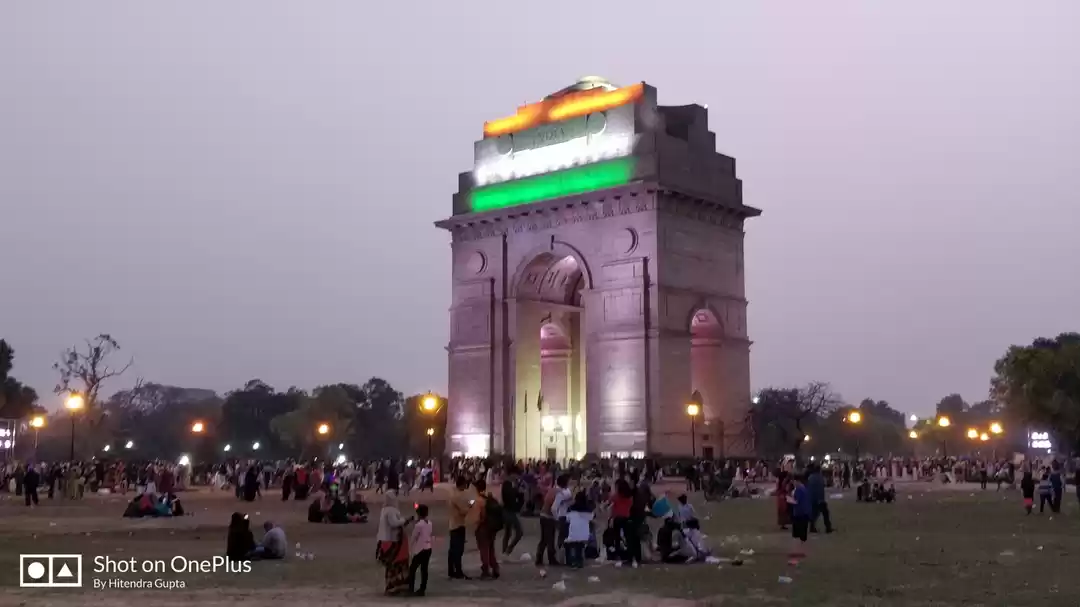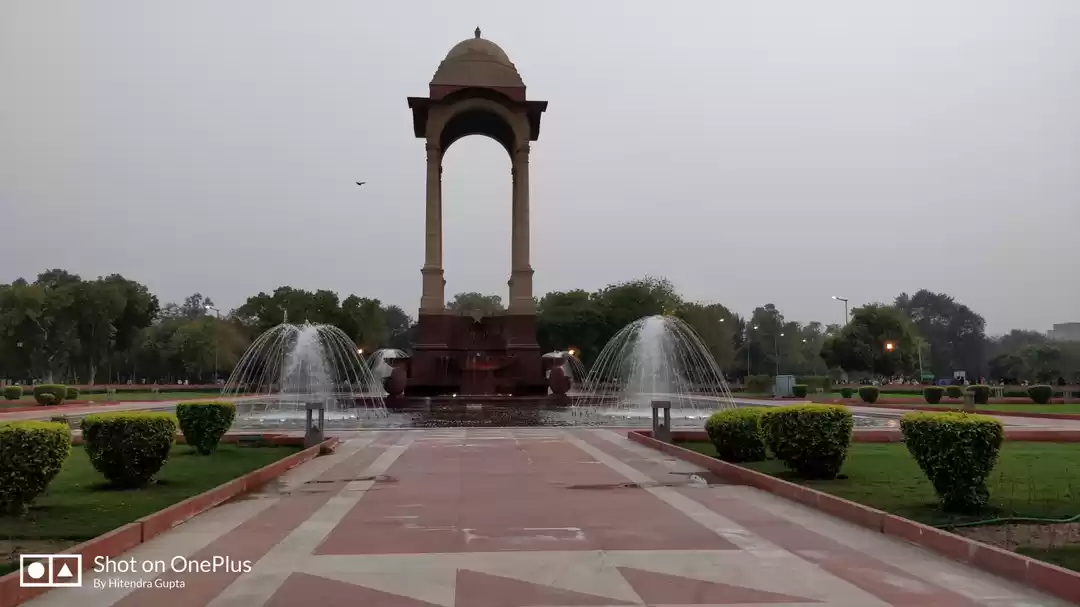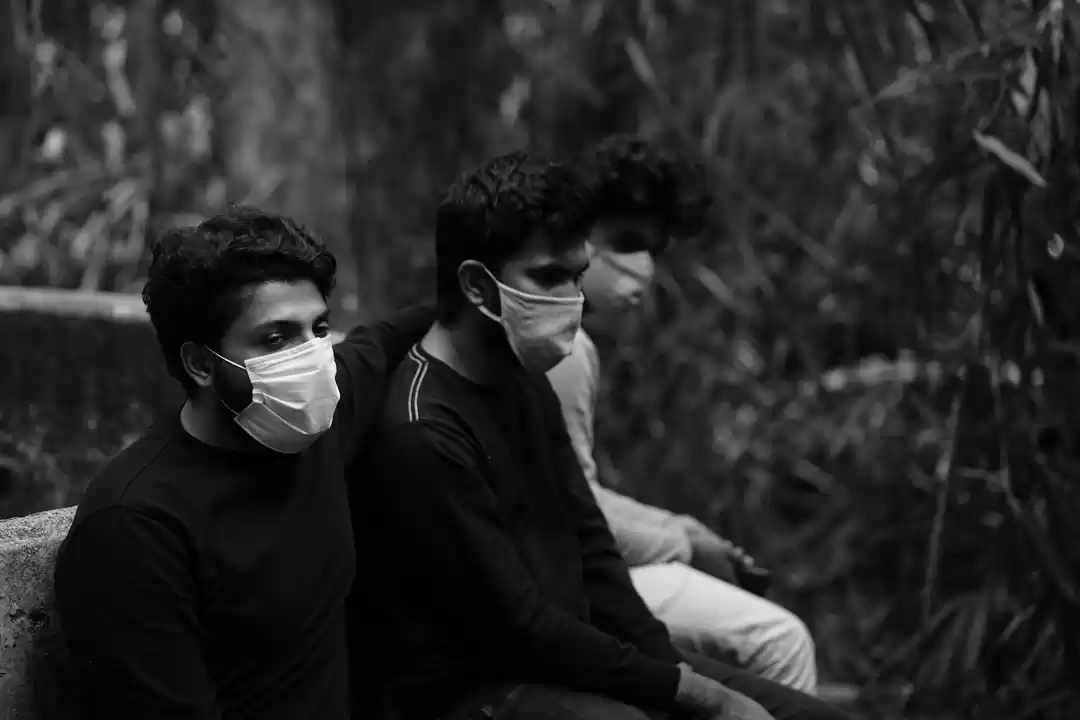
If you've been following the news lately, you know that the Directorate General of Civil Aviation (DGCA) finally announced in August that flying of drones in India would become legal from December 1, 2018 (with some regulations, of course).
This piece of news comes as a relief for a number of commercial establishments that want to use drones but had been facing problems in getting permissions in the past. The step could help substantially lower the cost of operations at various industries.
However, since this is the initial phase of drone use in the country, the Ministry of Civil Aviation has enforced certain restrictions on where and how high you can fly drones. This has been done keeping in mind the country's safety and security.
Here's everything you need to know before you buy/fly your first legal drone:
Rules for flying drones in India

• The initial policy framework requires drone owners/operators to secure a registration and Unique Identification number
• Drones have been classified into 5 categories according to weight:
Nano: Less than or equal to 250g
Micro: Between 250g to 2kg
Small: From 2kg to 25kg
Medium: From 25kg to 150kg
Large: Greater than 150kg
• Drones in the nano category and operating below 50 feet don't require a registration and/or permission to fly. The micro drones operating below 200 feet don't require permission but do require registration. Drones operated by select government agencies also do not require a licence. However, operators are advised to inform the local police beforehand and not breach the privacy of any individual.
• Drones can only be operated within the visual line of sight, during the day only and up to a maximum of 400 ft.
• All drone-related activity will be monitored by a platform called Digital Sky, which is a first-of-its-kind national unmanned traffic management platform. Activity will be monitored via the official app of Digital Sky.
• All users will be required to do a one-time registration of their drones, pilots and owners on the app. All drones (except the nano) will be registered and issued a Unique Identification Number. Permits will be required for all drones except those flying below 50ft, and micro drones operating below 200ft.
• Once permits and registrations are in place, users will be required to take permission on the app for every flight (except ones using nano drones). An automated process will either permit or deny the request instantly.
• Those who get an operator's licence need to have features such as a global positioning system, return-to-home facility, anti-collision capability, flight controller with flight data logging capacity, a SIM to ensure that drones do not take off without permission and an identification plate.
• To fly in controlled airspace a flight plan must be filed and it is necessary to obtain Air Defence Clearance.
Areas/places where you can and cannot fly drones

Here are the areas that are out of bounds:
- Airports airports
- International borders
- Vijay Chowk in Delhi
- The State Secretariat Complex in cState capitals
- Anywhere near strategic military installations.
The Digital Sky Platform will have specific colour zones charting out the areas, which will visible to the person applying for permission.
- Red Zone: No flying permitted Flying not permitted
- Yellow Zone: Controlled airspace or permission required before flying
- Green Zone: Uncontrolled airspace/no permission required
So, who all can finally operate drones?
As of now, permissions will be granted for a limited number of commercial applications. These include:
- For aerial photography of real estate projects,
- For monitoring equipment at wind and solar power plants
- For precision delivery of fertilisers
- For disaster relief
- For mineral exploration
- For shipping mail.
The government plans to expand the scope of drone operations in the coming times, but as of now you won't be getting pizzas delivered by a drone any time soon, since drones are required to be operated within the line of sight. Policymakers, however, do intend to expand the scope of drone use in the future.

While you wait to start operating your own machines, here are some of the best aerial photography shots from around the world. You can also share yours on Tripoto.

































